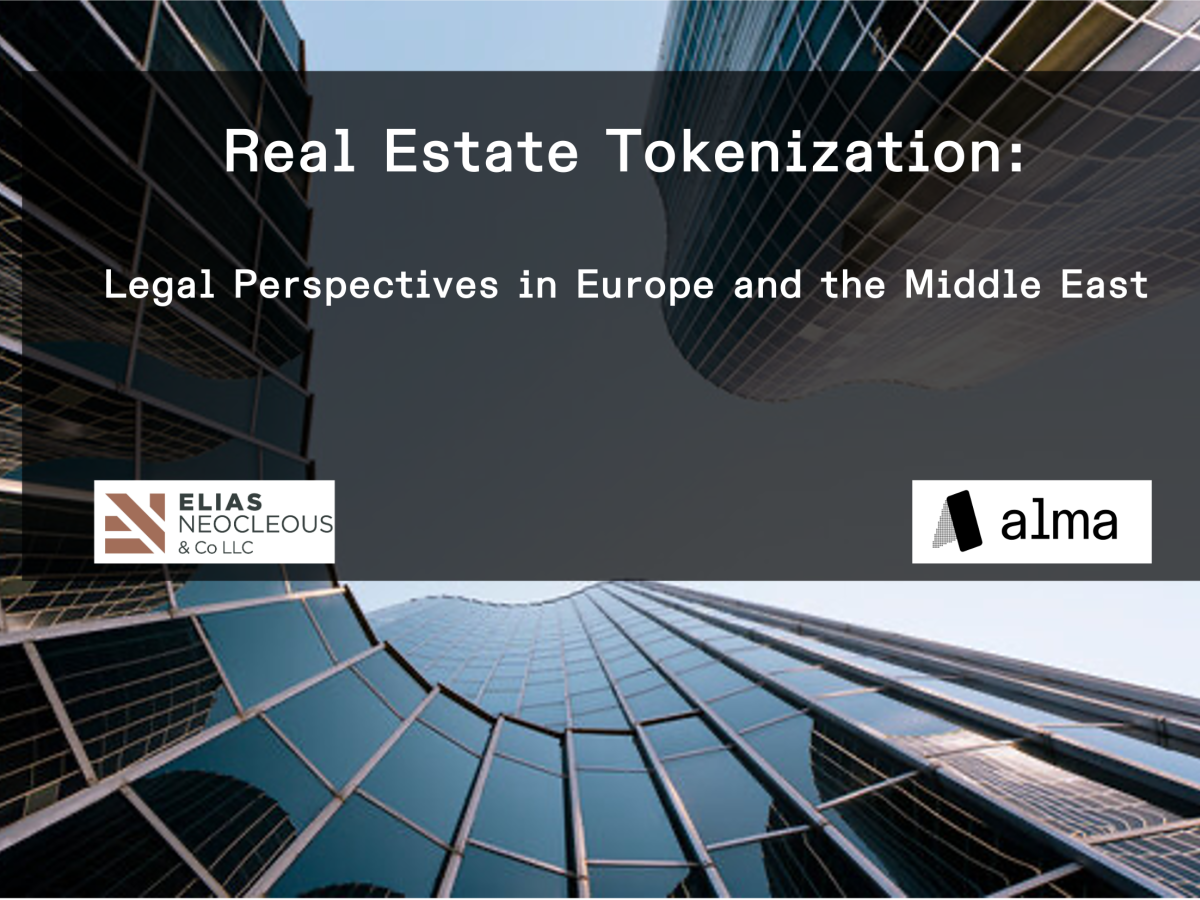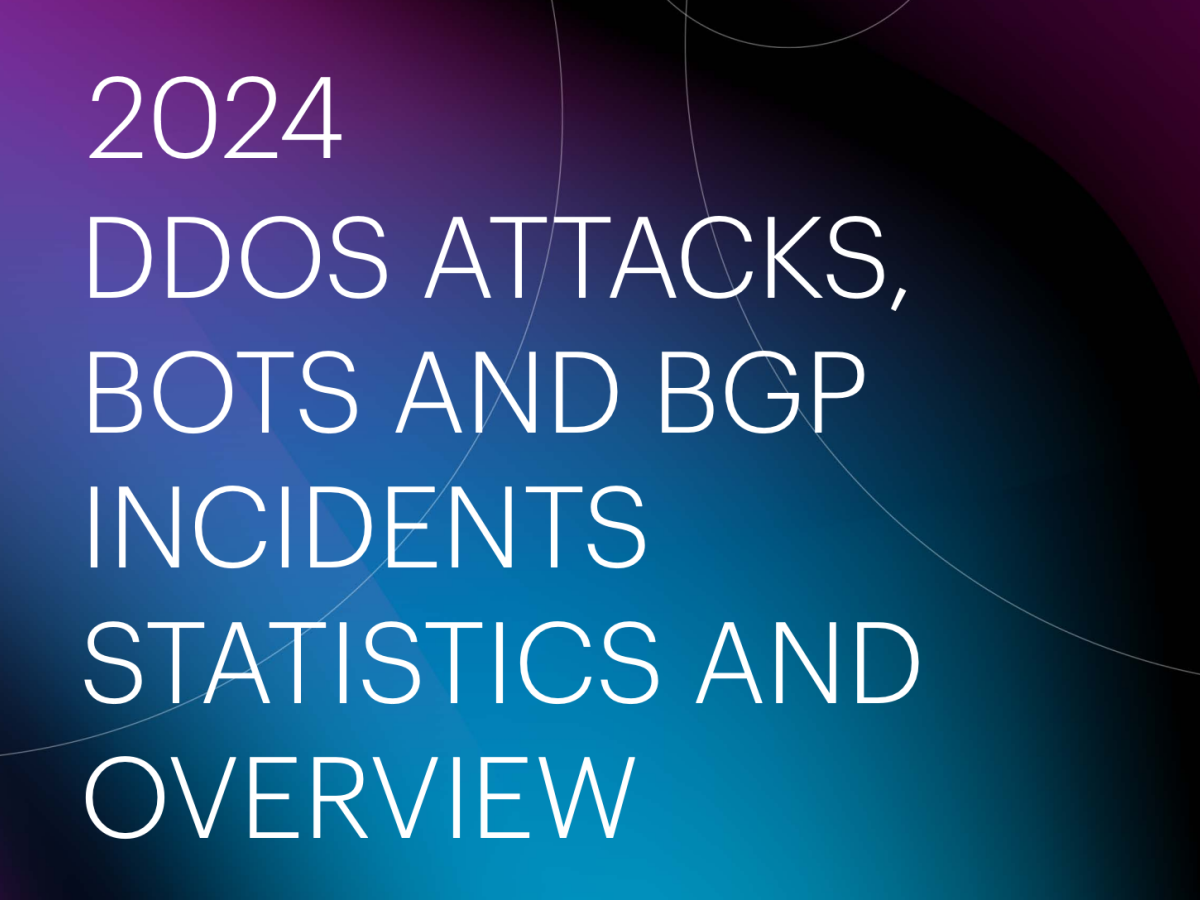
An opinion piece by:
- Pavlos Loizou, CEO and Co-Founder at Ask Wire
- Dmitry Meshkov, CEO and Founder at Quex Tech
- Olga Tiagunova, CEO and Co-Founder at Ufar.Digital
- Mike Zarin, CEO and Co-Founder at Cyndicate.Club
- Sergei Ivanov, CEO and Founder at Alma App
Why is real estate going on-chain globally? What are the fundamental benefits of tokenizing property, and are markets ready for it? Let’s dive in.
Tokenized real estate – converting property ownership into digital tokens on a blockchain – promises to democratize and turbocharge a centuries-old industry. Analysts are bullish: Boston Consulting Group projects tokenized real estate could reach $16 trillion globally by 2030 (up from just $2.7 billion in 2022). The appeal is clear: lower investment barriers, 24/7 trading, automated rent payouts, and even the ability to borrow against tiny property stakes. In theory, it brings liquidity, fractional ownership, and transparency to an asset class known for being illiquid and paperwork-heavy – a vision of real estate “unchained” and accessible to all.
Of course, reality isn’t so simple. Traditional real estate still enjoys advantages like legal safeguards, bank acceptance, and well-oiled processes honed over decades. Many of tokenization’s touted benefits remain unproven – especially the assumption that vibrant
secondary markets will emerge overnight. As skeptics point out, “secondary market liquidity is promised, not guaranteed.” Perhaps the biggest unspoken hurdle is that all those shiny on-chain benefits rely on something most property markets currently lack: real-time data.
Real-Time Data: The Missing Ingredient
Turning a building into a tradable token is one thing; keeping that token’s price accurate and credible is another. Unlike stocks, which trade on continuously updated prices, real estate moves in slow motion – values are gauged by infrequent appraisals or quarterly reports, not minute-by-minute sales. Yet tokenization, to truly deliver on its promise of liquidity, demands continuous, transparent price discovery. If the market data behind a token lags, the token’s price will either disconnect from reality or sit frozen, undermining the whole point of putting property on-chain.
“If you go deeper into on-chain real estate benefits like automated payouts, easier trading, and collateralization – it all comes down to real-time valuation of the tokens and their underlying assets,” explains Sergei Ivanov, founder and CEO of Alma, a proptech platform. “To achieve that through traditional methods (DCF models or comparables), you need a market with real-time data transparency. Otherwise, how do you know what a token is truly worth today?” The point is that without timely data on property prices and performance, a token is just a digital placeholder. Investors might be trading on rumors or outdated info, leading to volatility and distrust. If buyers and sellers can’t agree on what a tokenized property share is worth (because no one has fresh data on recent deals or revenues), the marketplace can seize up.
This data deficit also hampers the automated perks of tokenization. For example, distributing rental income via smart contract sounds great – but only if rent collection figures are fed in accurately and immediately. In practice, if a tenant misses a payment or signs a new lease, someone still needs to update the system. Fast data feeds are needed not just for pricing, but for things like yield calculations, loan collateral triggers, and updating a property’s net asset value (NAV). Blockchain “oracles” that pull in off-chain data can help, but they’re only as reliable as their sources. “Real-time data is what turns tokenized property from a static record into a living market,” notes Dmitry Meshkov, founder of Quex Technologies, computational oracles for Web3. “A good data oracles doesn’t just push data on-chain, but they provide cryptographic proofs of every step of how that data was gathered and processed. For tokenized real estate, that means verifiable rent and price updates that keep valuations accurate and liquidity alive.” Without trustworthy real-time streams, token platforms risk mispricing assets or even halting trading until manual corrections are made – a far cry from the seamless automation being promised.
Where Does Real Estate Data Stand Today?
So, can today’s property markets deliver data at the speed that tokenization demands? "Real-time" can mean very different things depending on the type of data. Broadly, there are a few layers to consider:
● Listings / Asking Prices: In many places, listing information updates within minutes on public portals. In the U.S. and Dubai, for instance, a new listing or price change often appears online almost immediately – a near real-time pulse of
what sellers are asking. However, listings only show asking prices (which can be misleading or duplicated), not actual deal prices.
● Transactions / Closed Deals: Actual sale prices usually crawl out slowly. Dubai is unique: its Land Department publishes each property sale often the same day – an unheard-of level of transparency. The U.S. has public sale records but spread across thousands of counties; some update fast, others take weeks, requiring data aggregators to compile the patchwork. Much of Europe and Asia lag even more – in some markets a “recent” sale price might be weeks or months old. In short, timely transaction data is scarce in most of the world.
● Operational Performance: Metrics like rent collection or occupancy are almost never public in real time. Owners and REITs know them internally (typically reporting quarterly), but you won’t find a live feed of a private building’s rent roll. Even if a property is tokenized, those numbers would have to be manually uploaded by management. Real-time ops data would be hugely useful, but privacy and practical hurdles keep this layer largely dark.
Overall, real estate data streams today range from fast (listings) to glacial (operations), and truly real-time pricing data is almost nonexistent. Only a handful of places even approach a 24-hour turnaround. The industry keeps claiming that tokenization brings liquidity — but it's the other way around. Liquidity doesn't come from tokenization – it comes from trusted, continuous data. Mike Zarin, co-founder of Cyndicate.Club agrees, “Right now, there’s no ‘Bloomberg Terminal’ for tokenized real estate; without it, we can’t have real indices or institutional allocation. The fragmentation we’re seeing isn’t just a technical problem—it’s a market-structure issue.” Dubai works because it has clear legislation. On a worldwide scale, there is a need for a standardized approach to aggregate property fundamentals, on-chain metrics, and regulatory compliance into institutional-grade feeds. Until that infrastructure is built, we’re just moving illiquid assets from paper to blockchain. The U.S. comes close in some respects, but still grapples with fragmentation and delays. Elsewhere, most markets have significant lags. This is a fundamental challenge for on-chain real estate.
When Data Lags, So Do Tokens
If real estate data moves slowly, an on-chain token’s price discovery will stall too. For instance, if a tokenized building is in a market where sale prices take weeks to become public, traders are left guessing the value. They might default to an old appraisal, meaning the token trades on stale info. If a comparable sale happened last week but won’t be reported until next month, the token’s price could be wrong that whole time. That invites arbitrage by insiders and erodes confidence.
“Liquidity can evaporate if traders don’t trust the pricing,” Sergei Ivanov, CEO of Alma App, warns.
Delayed data also makes those periodic valuation updates (like NAV per token) fuzzy at best. If the inputs are last quarter’s financials or outdated appraisals, then the resulting valuations are more art than science. Even fancy automated valuation algorithms can’t help if there’s nothing fresh to feed them – they’ll just be regurgitating stale information.
Delayed data also undercuts the automated income streams that tokenization promises. If a building loses tenants and nobody updates the ledger, token holders will overestimate their rental yield. When the truth comes out weeks later, the token’s price may drop sharply.
None of this is meant to pour cold water on tokenization’s potential – it’s to highlight that real estate’s digital revolution requires more than just tokens; it needs real-time data plumbing behind the scenes. The ultimate goal is a tight feedback loop, where real-world events → data capture → on-chain update → price adjustment happens almost in real time.
“The technology for tokenization is ready. Regulatory frameworks are already in place in most jurisdictions, Dubai definitely is leading here. What's missing is the data backbone that makes these tokens actually tradeable at institutional scale.” – Mike Zarin, Co-founder of Cyndicate.Club says. They might have slick blockchain platforms, but see little actual trading because everyone’s still waiting on quarterly reports. In fact, some early tokenized buildings (even high-profile ones in the U.S.) saw almost no secondary trading after launch – with no steady information flow, the tokens just sat in wallets. Yet REITs trade daily despite infrequent property revaluations, because investors use proxies like market sentiment and interest rates. If direct data stays sparse, token markets may end up doing the same – undermining the very transparency and precision that tokenization is supposed to offer.
Pavlos Loizou, CEO and co-founder of Ask Wire, a real-estate data & analytics company is sharing his view on the topic: - “In Southern Europe, Greece and Cyprus are laying the groundwork for real-time property data. Greece’s Eniaio Mitroo Akiníton (Unified Property Register) will consolidate tax, cadastral, and planning information into a single verified source — enabling continuous updates on ownership, use, and value. Cyprus is digitizing its Land Registry and property-tax systems under the EU’s RRF program. Both efforts align with the EU’s INSPIRE and Open Data Directives, which mandate interoperable, machine-readable geospatial data. If executed well, these countries could become EU testbeds for token-ready real estate markets — small enough to move fast, yet structured enough to set a continental standard.”
The Next On-Chain Real Estate Hubs
Given this tight link between data transparency and on-chain viability, which places are best positioned to make real estate tokenization work in practice? The obvious front-runner is Dubai, which has deliberately built both the regulatory framework and the data infrastructure needed. Not only does Dubai provide fast access to market data, but its government is actively backing tokenization initiatives. In 2025, the Dubai Land Department launched a pilot to tokenize property title deeds – essentially putting an official government stamp on blockchain-based real estate. That move is projected to help create a $16 billion fractional property market in Dubai within a few years. “DLD’s move marks what was long discussed in theory becoming a practical reality,” Ivanov says of the initiative. In his view, Dubai’s proactive approach – involving regulators, government entities, and prop-tech firms in unison – “significantly boosts investor confidence and positions the region as a global hub for tokenized real estate.” With near-real-time data and supportive policies, Dubai is leading by example.
The United States is another promising contender. It boasts a huge property market and a thriving tech sector, which means lots of data – albeit scattered across different systems. Some areas have modernized (a few counties offer near-instant digital deed recording), and plenty of data firms and APIs help aggregate information. Some startups are already selling tokenized slices of U.S. rental properties, complete with dashboards showing current rents
and occupancy. Regulators haven’t fully caught up yet, but the momentum is real. If U.S. markets can streamline data feeds and clarify the rules, trading a tokenized apartment in New York could soon feel nearly as data-rich as trading a stock.
Looking elsewhere, Singapore stands out in Asia with its fintech-friendly policies and a government keen on digitization. It already publishes a lot of property data (not instantly, but on a monthly basis), and could move toward real-time transparency. In Europe, progress is slower – the UK has run blockchain trials for its Land Registry, which might eventually speed up data disclosures, but for now most European markets lack a real-time data culture. Ultimately, those jurisdictions that combine clear legal frameworks with open, fast data will lead the pack in on-chain real estate.
Bridging the Data Gap
For tokenized real estate to cross the chasm from novelty to mainstream, the pipes connecting physical properties to digital markets need an upgrade. Real estate must embrace real-time data much as financial markets did long ago. That means modernizing how transactions are recorded, enforcing timely data disclosure, and creating digital pipelines where needed. It’s not easy – it requires coordination among governments, industry, and tech – but the payoff could be huge. Imagine property values updating as frequently as stock prices, and token holders reacting immediately to major news (like a big new lease or a fire), blurring the line between physical assets and their digital twins.
The good news is the shift has started. The trend is “reaching a pivotal point globally.” Early adopters have shown the concept works – now the challenge is scaling it up. The lesson so far: you can’t just put a building on a blockchain and call it a day; you have to put its data on-chain too. Pioneering efforts in places like Dubai are doing exactly that, often with government collaboration.
Active collaboration among regulators, investors, and developers is now critical. Transparent communication of real-world use cases and challenges helps shape balanced regulations. Early engagement builds confidence in tokenized assets and accelerates market adoption through shared progress. In plain English: everyone involved needs to push for openness and clarity, because a half-transparent market serves no one in the long run.
Real estate is the world’s largest asset class, and tokenization offers a chance to unlock more of it by making property investment accessible and liquid. But this vision only works if we solve the data problem. Garbage in, garbage out. With high-quality, real-time data flowing, blockchain tokens could indeed revolutionize how we invest in property – turning bricks-and-mortar into continuously priced, globally traded assets. Without that data, putting real estate on-chain is like sending a race car down a dirt road: it simply won’t reach full speed. In the next few years, we’ll see which markets are willing to pave that road. Those that do will reap the rewards – potentially becoming the next global hubs of on-chain real estate.
Olga Tiagunova, CEO of UFarm.Digital, speaking from the investors’ perspective, summarizes: ‘Let us move toward an open standard - Real-Estate Data Attestations (REDA): a unified event schema (lease signed, rent paid, vacancy, capex), a manager’s signature, an oracle proof, and a public on-chain digest. We are ready to assemble a consortium for pilots
with asset managers and broker networks; the goal is to show that data quality - rather than mere token issuance – to create liquidity and trust.’”


